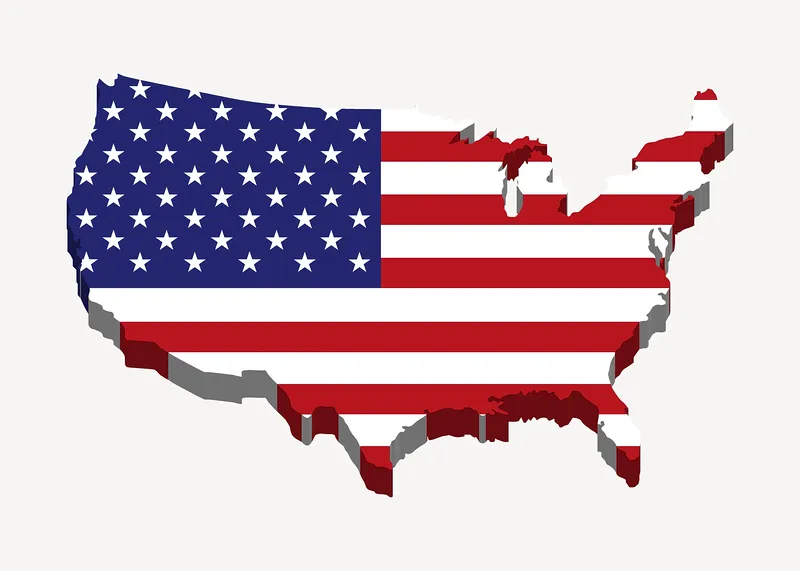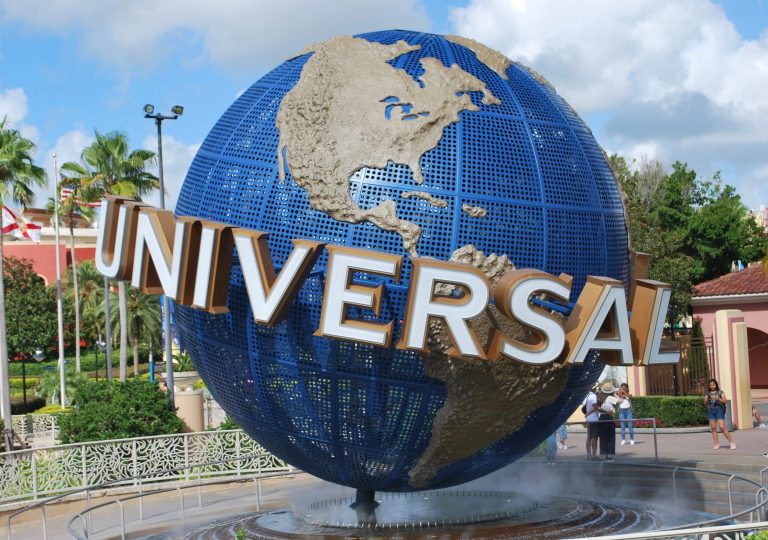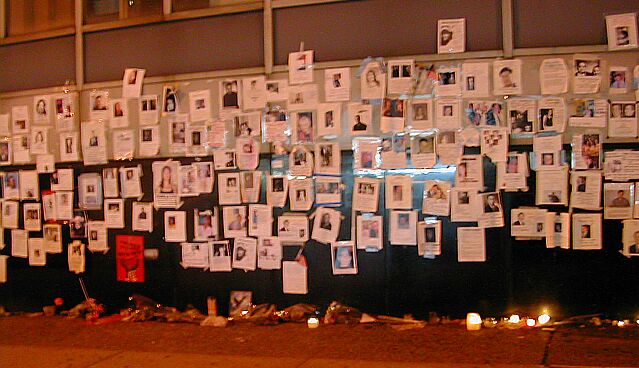What Accounts For The Lowest Unemployment Rate Of The Asian Race In America?
With booming population growth, the Asian race is becoming the largest race in America. This race has been adapting significantly to the American labor force with the lowest unemployment rate.
The Cachet Of the Asian Community
Before the Covid-19 pandemic, the Asian race had the lowest unemployment rate. According to the US Bureau of Labor Statistics, the Asian unemployment rate in 2019 was 2.7%, while the unemployment rate for the White, Hispanic or Latino, and Black races were 3.3%, 4.3%, and 6.1%, respectively. The Asian unemployment rate was even lower than the national rate of 3.6%.
Proportionally, the median weekly earnings of full-time wage and salary workers from Asia were the highest compared to other races ($1,174).
The Asian race has the lowest unemployment rate in the workforce for two main reasons: education levels and geographical influences.
Educational Levels Create Significant Difference

Unemployment rates and education levels have a negative correlational relationship. According to data published by the US Bureau Of Labor Statistics, a higher college degree is associated with a lower unemployment rate.
In 2019, the unemployment rate of workers without a high school diploma was 5.4%. This rate was five times higher than for workers with doctoral degrees, which was 1.1%. Additionally, the unemployment rate was 2.2% when workers had bachelor’s degrees.
This characteristic of the labor market also applies to the Asian race. In 2019, it was the race with the highest number of employees with bachelor’s degrees or higher (65%). Those who identified as “White” accounted for 41% of people with bachelor’s degrees or higher in the labor force. Additionally, the Asian race had the lowest percentage of people without a high school diploma (5%).
Because many Asian people have bachelor’s degrees, they have become the race with the lowest unemployment rate. These degrees prove that the employees have been trained and have appropriate fundamental skills for the positions they apply for.
Geography Also Plays a Role

The economic status of a company is different by state. “With the fear of economic failure looming, companies are not willing to pay workers the deserved and ethical compensation to fit with the costs of living in America and the qualifications many candidates obtain,” Daisy Banks, an experienced recruiter, shared in an interview with Balance Now.
There are some areas where the level of their economy is “distressed.” There are seven metrics to determine economic well-being, including educational attachment, housing vacancy rate, unemployment rate, poverty level, median income ratio, percent change in employment, and percent change in establishments. Nevada, Georgia, South Carolina, and Mississippi were states with the highest percentages of the population living in economic distress, with 33%, 25%, and 23%, respectively.
Major Asian communities usually do not live in states with a high economic distress rate. Five of ten states with the highest number of Asians have a low or medium percentage of the population living in financial distress. These states include Hawaii, New York, New Jersey, Washington, and Massachusetts, with 2%, 5%, 8%, 6%, and 7% of the population living in economic distress.
Living in these states is an excellent opportunity for the Asian community to access a stable and variable labor market. Individuals might have more options since these areas are the location of multiple qualified schools, promoting diversity and inclusion within the workforce. These factors will build a firm foundation for individuals in the future.




